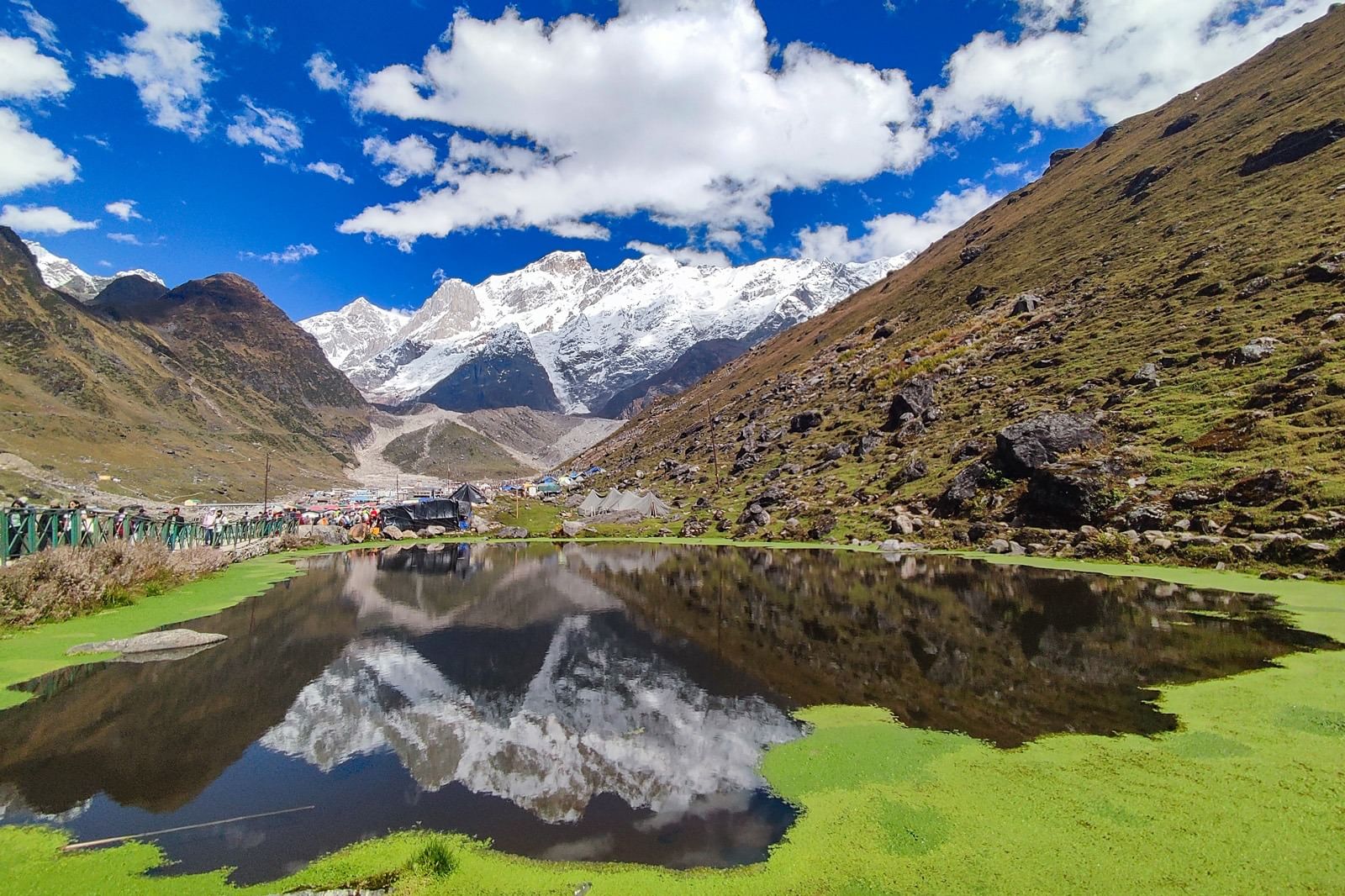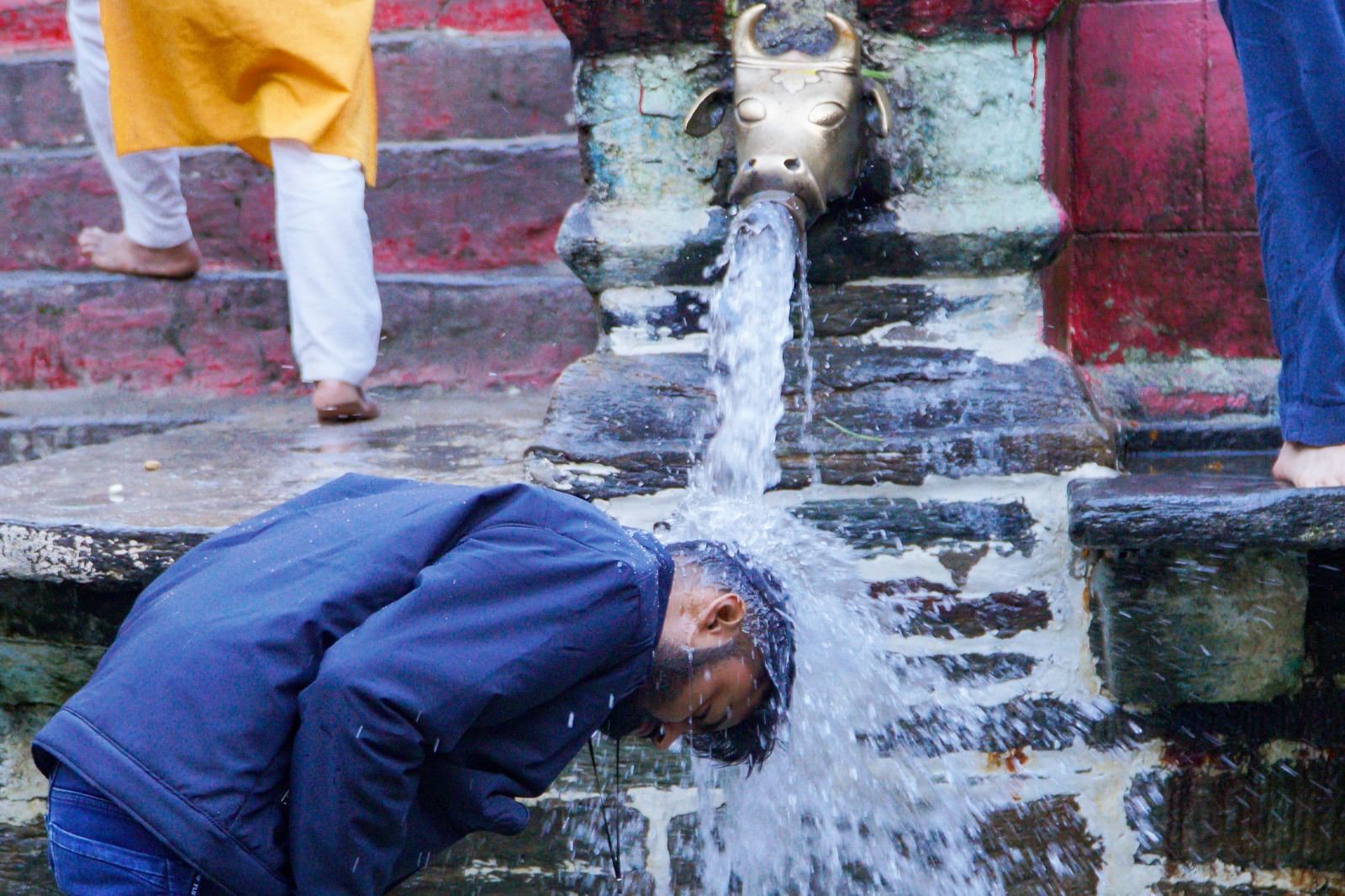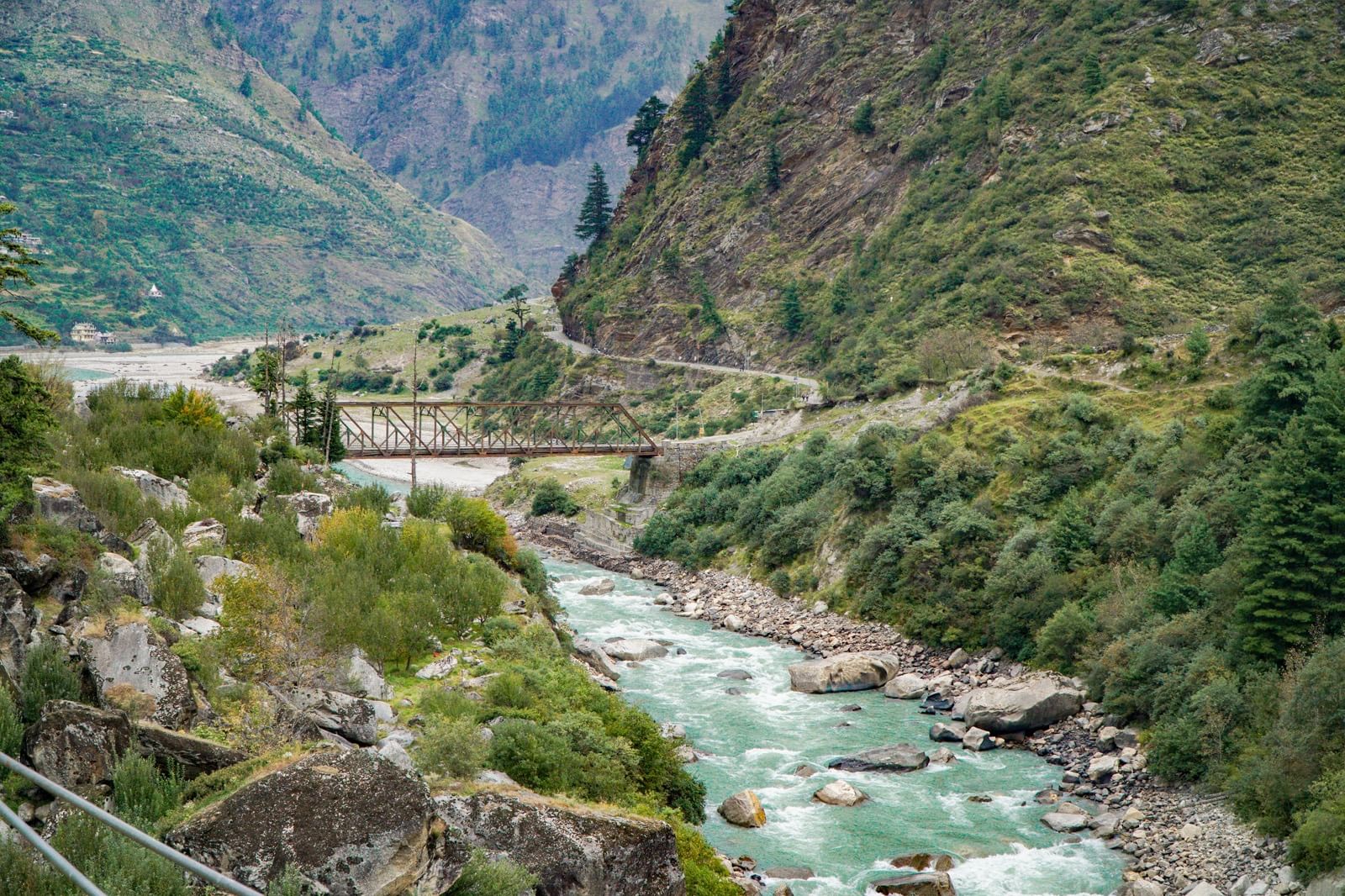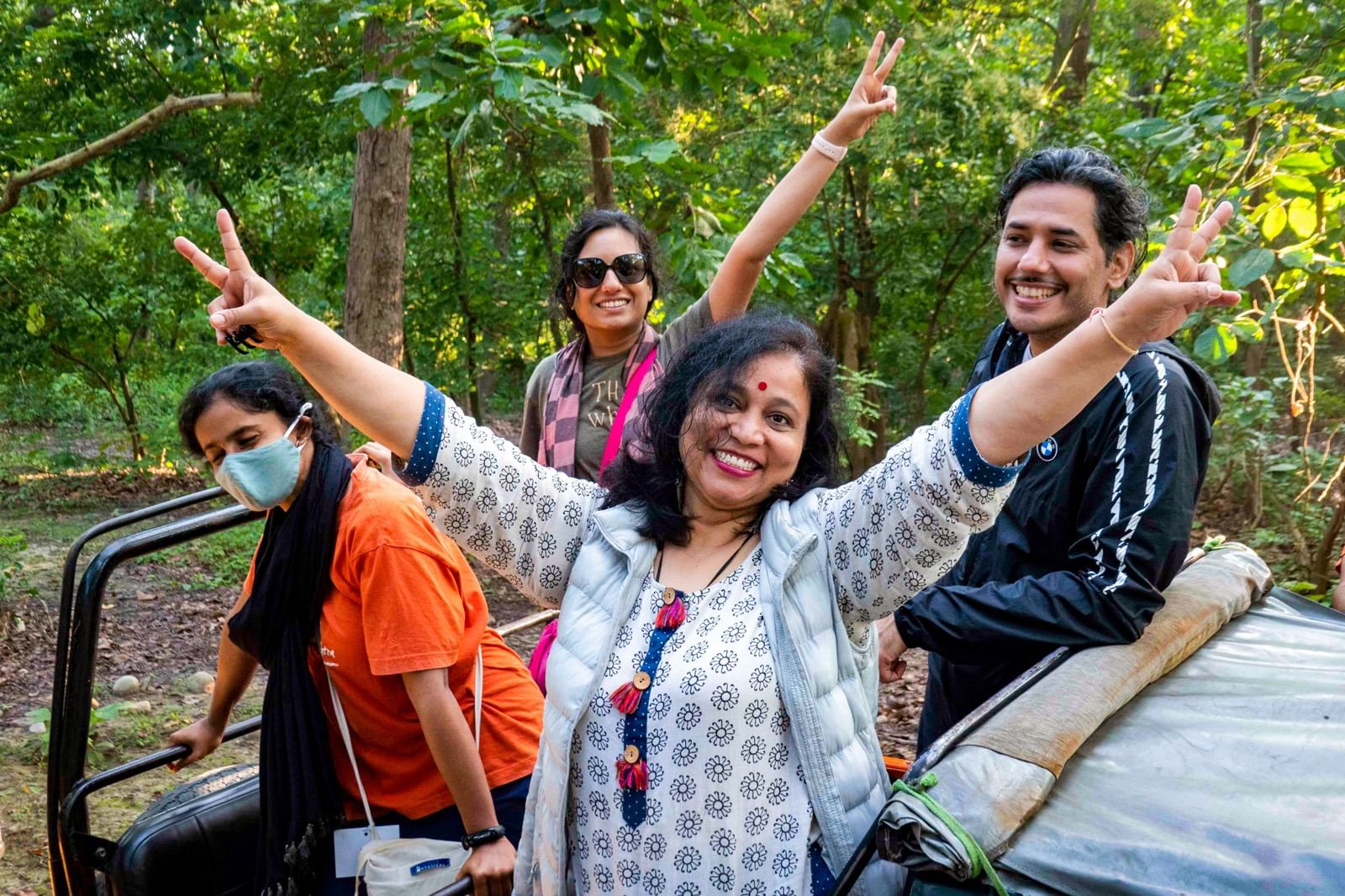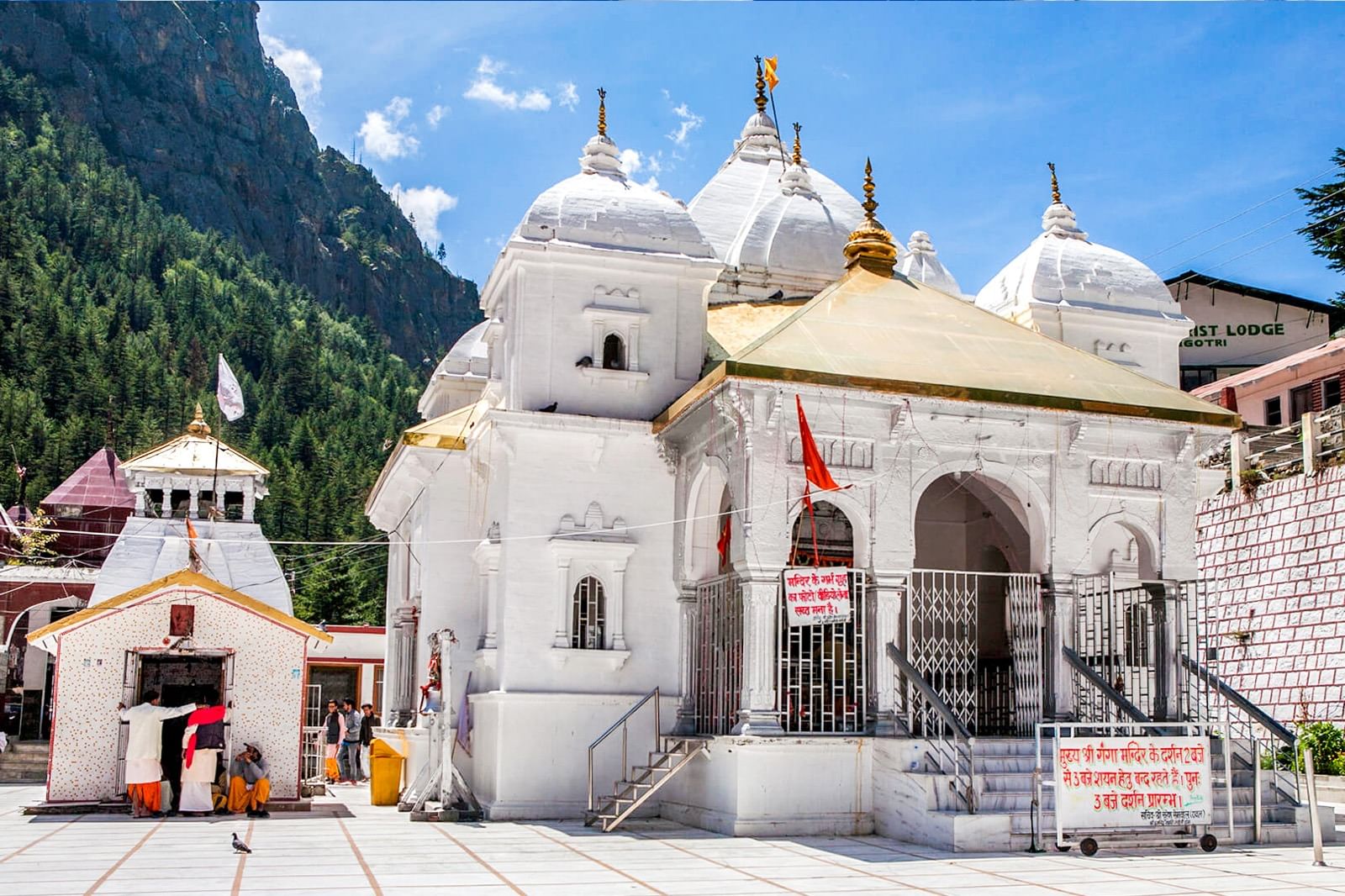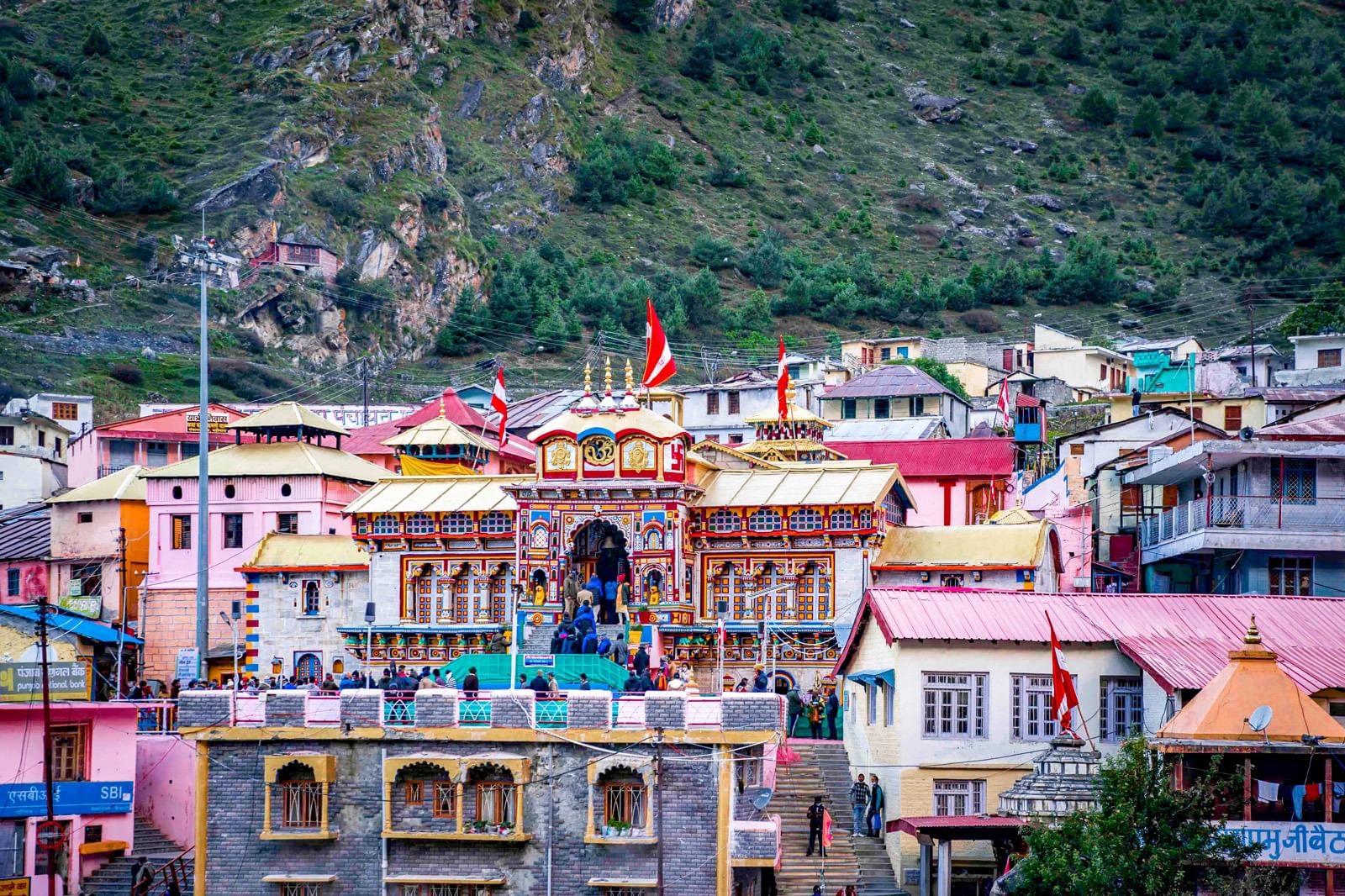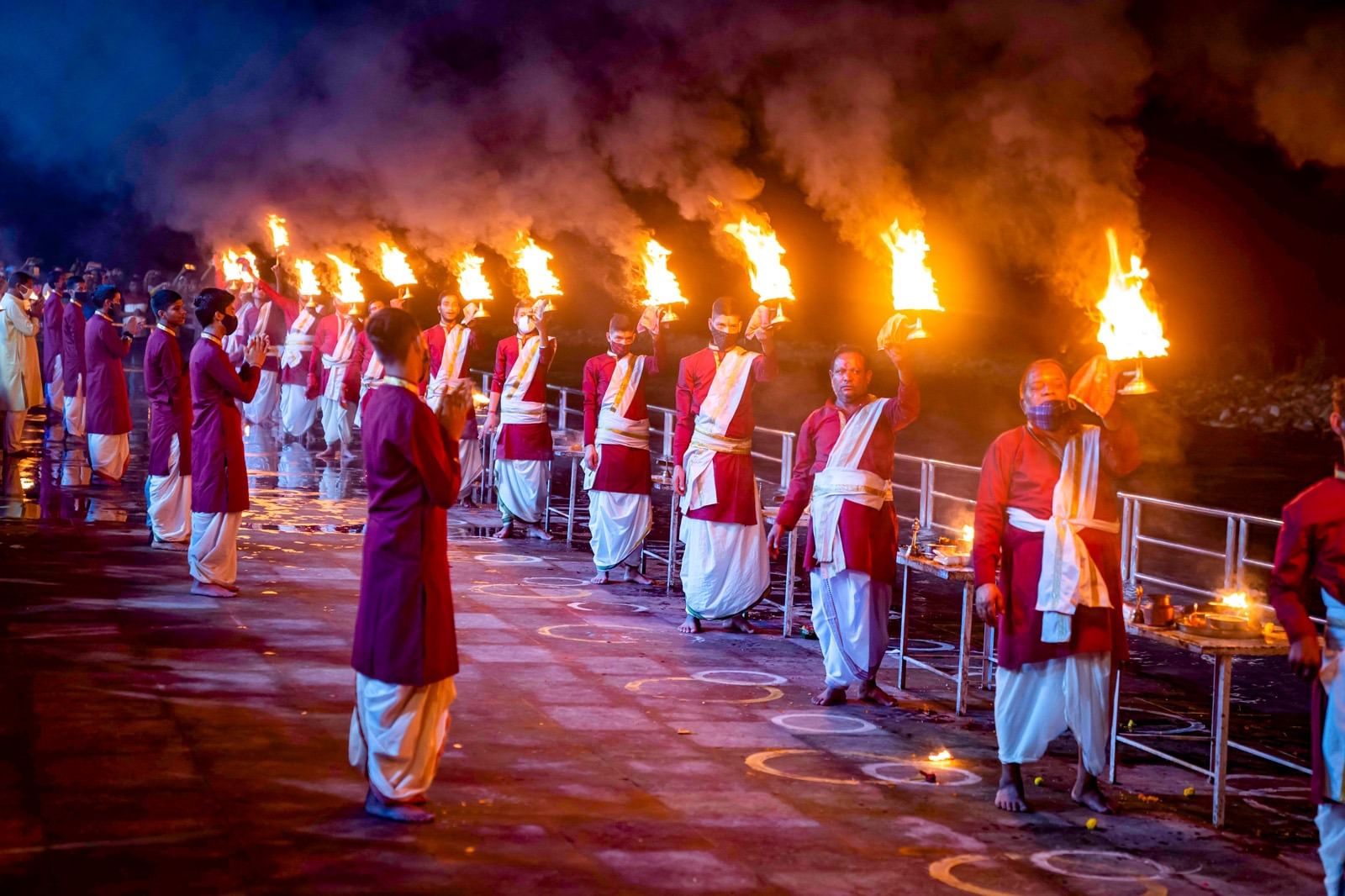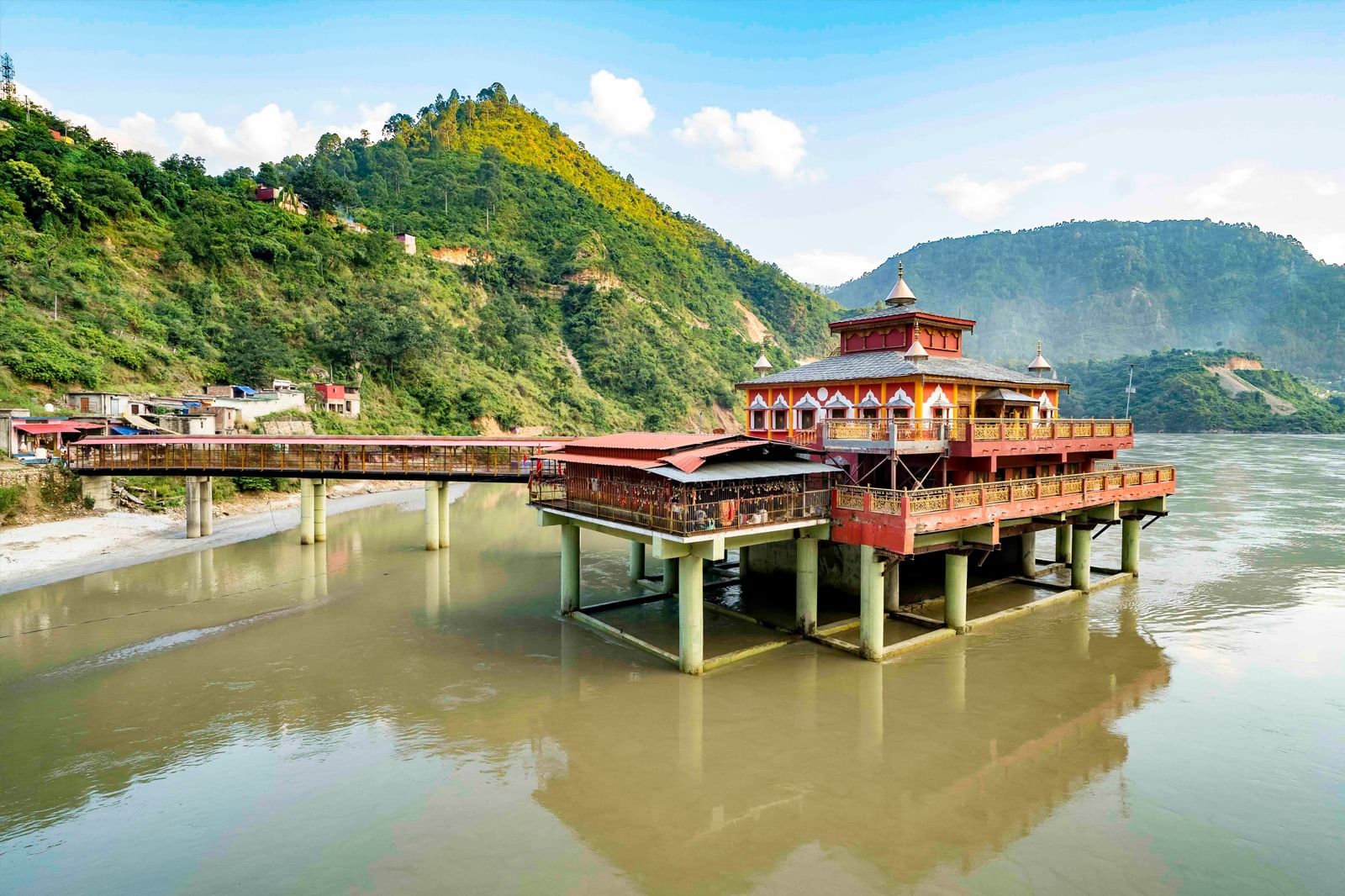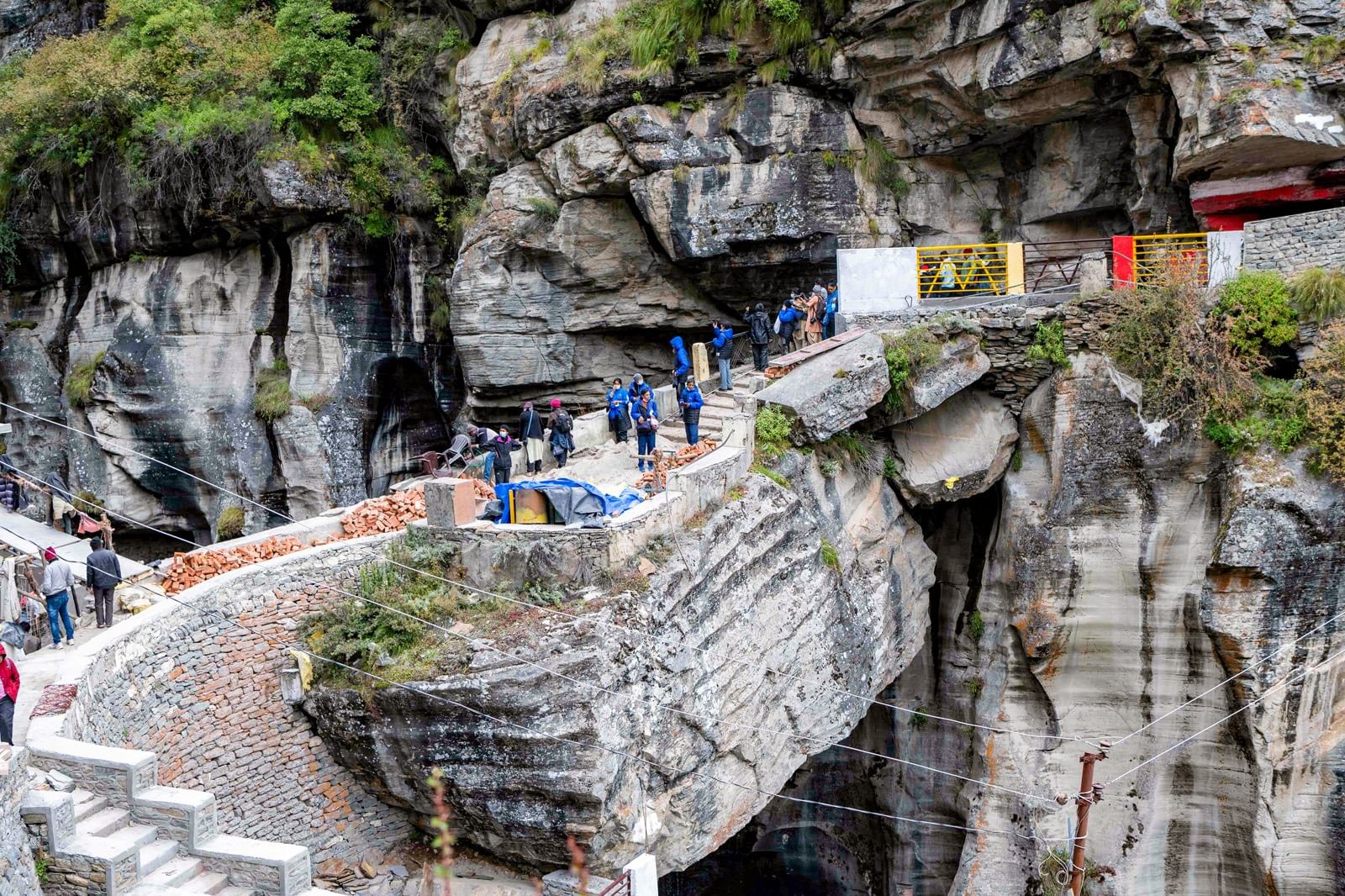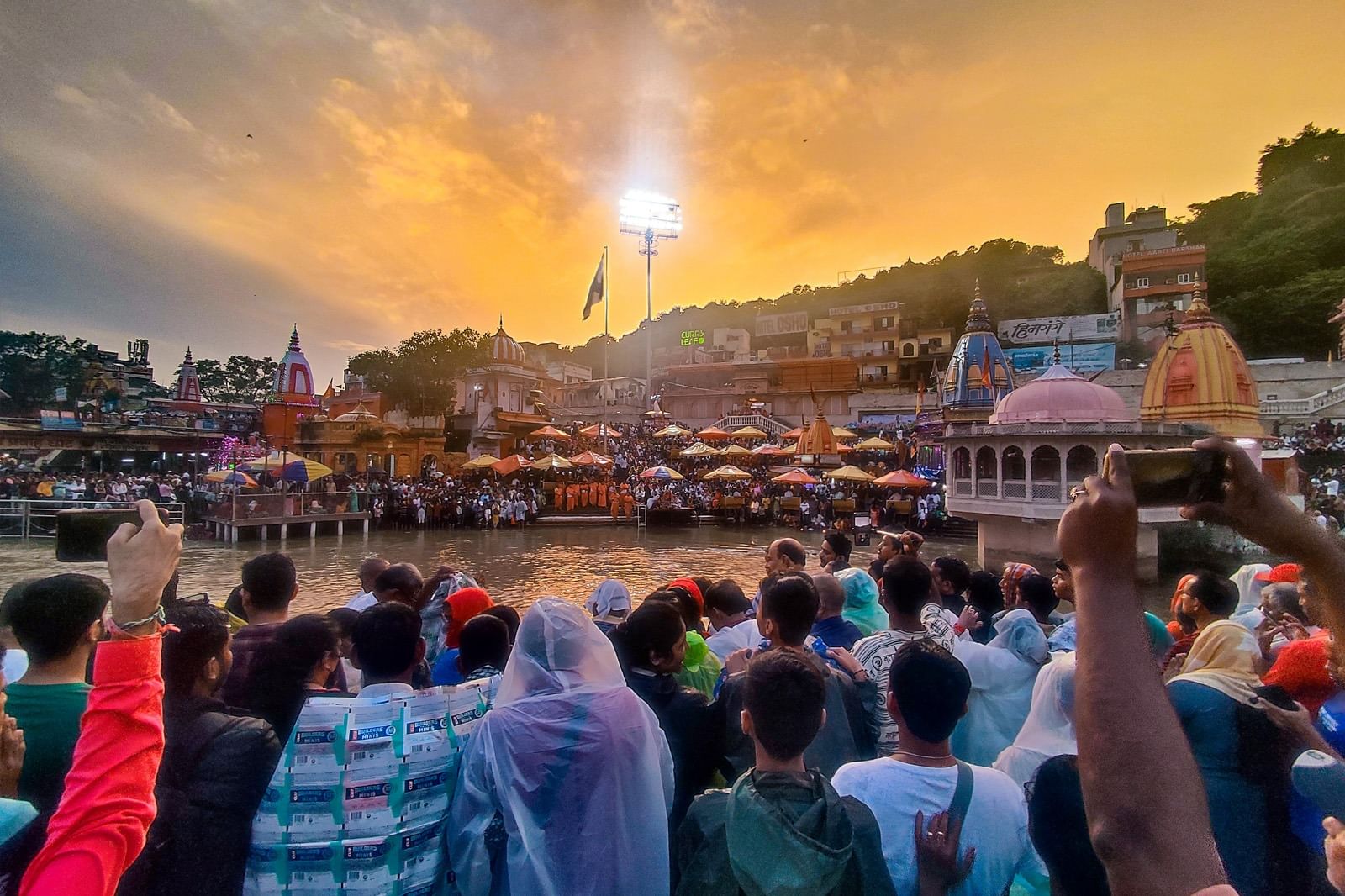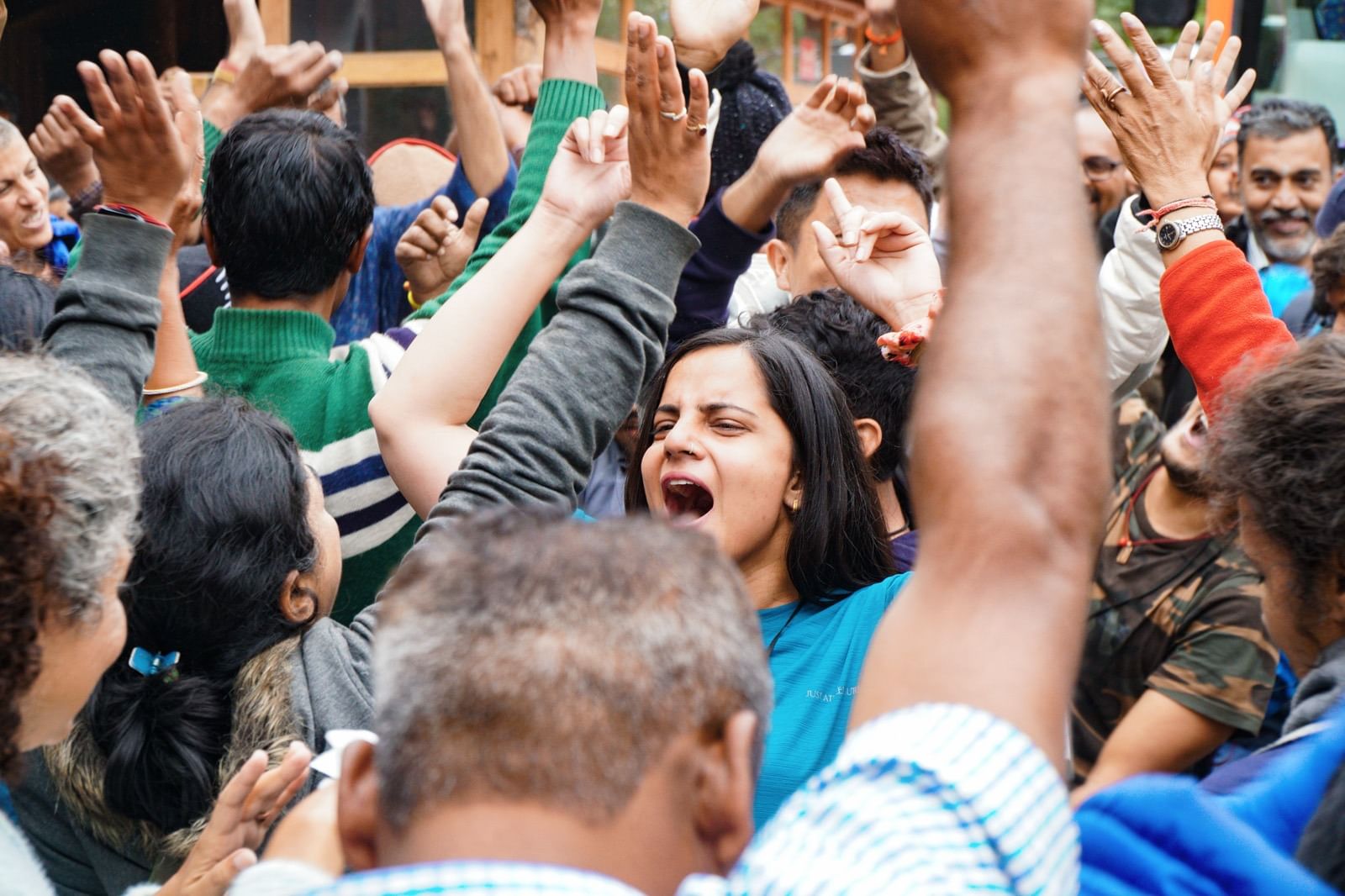HIMALAYAS
One of Mother Nature's greatest marvels, the Himalayas stand as the roof of the world. Being amidst these towering mountain peaks fills one with an overwhelming sense of humility.
Adventurers look to these mountains as a constant opportunity to push their boundaries. Those on a quest for beauty bask in the most pristine and stunning landscapes ever known to man. And for spiritual seekers, the Himalayas have been an age-old destination for ultimate liberation.
Considered an abode of the Gods, the Himalayas have innumerable temples and shrines that dot these mountain ranges, drawing people from a diverse array of traditions and religions. Numerous myths and legends originate from the snow-capped slopes and misty forests of these mountains, forming the backbone of the subcontinent’s culture. In fact, a journey to the Himalayas is revered by many as the ultimate pilgrimage, and devotees travel to these spaces in spite of the extreme geographical and weather-related challenges.
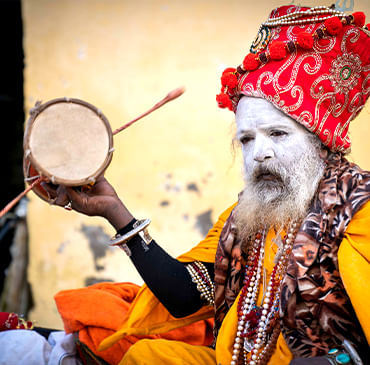
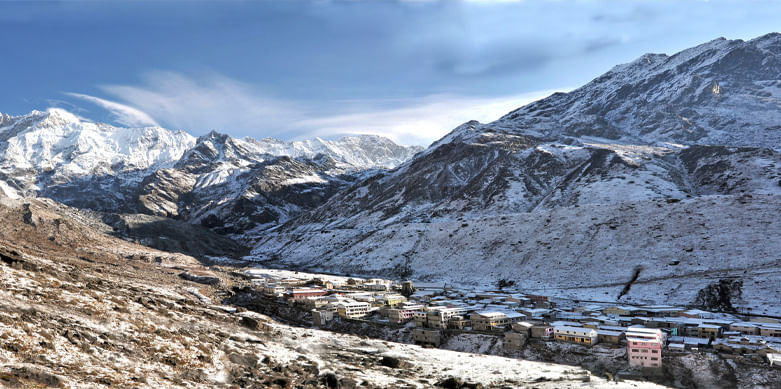
“The Himalayan Mountains are so alive with spiritual vibrations – certainly an uplifting experience for any spiritual seeker.”
— Sadhguru
A journey to the Himalayas with Isha Sacred Walks is a profound spiritual possibility, complete with meditation sessions, satsangs, spiritual discourses, and more. This sojourn will guide you through Haridwar, Rishikesh, Uttarkashi, Gangotri, Guptkashi, Kedarnath, and Badrinath. You will have the opportunity to absorb the sacred energies of these enchanting and majestic mountains, returning with a profound transformation.
With our team of dedicated volunteers supporting you every step of the way, you'll be nurtured with genuine care throughout this memorable journey.

